Filter by Type

Top 25 IDNs by number of hospitals and discharges
Explore our comprehensive list of the top 25 IDNs based on hospital count and discharges. Uncover valuable data and insights for healthcare professionals.
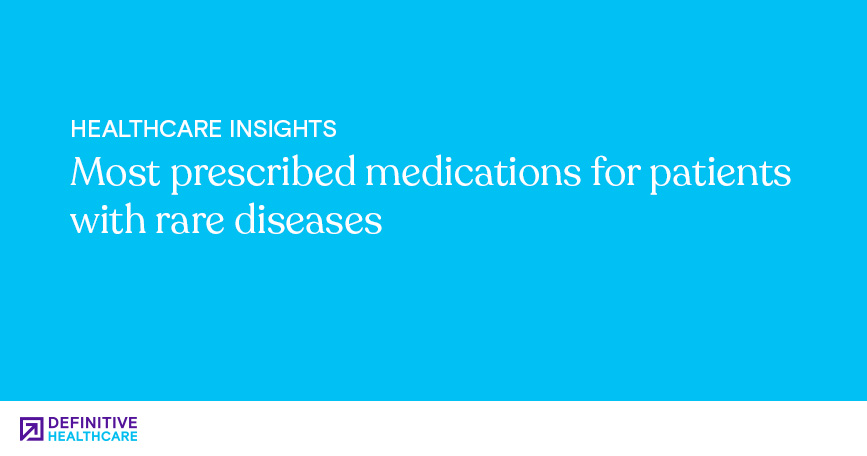
Most prescribed medications for patients with rare diseases
Discover the top 10 prescribed medications for rare disease treatment. Explore a list of drugs most commonly used to treat various rare conditions.

Top 10 ambulatory surgery center service line shifts from hospitals
Discover the service line shifts in ambulatory surgery centers from hospitals. Stay ahead in healthcare trends and enhance patient care today!

Top 20 hospitals billing locum tenens claims
Discover the top 20 hospitals for billing locum tenens claims. Streamline your process and maximize reimbursements with our expert insights and resources.
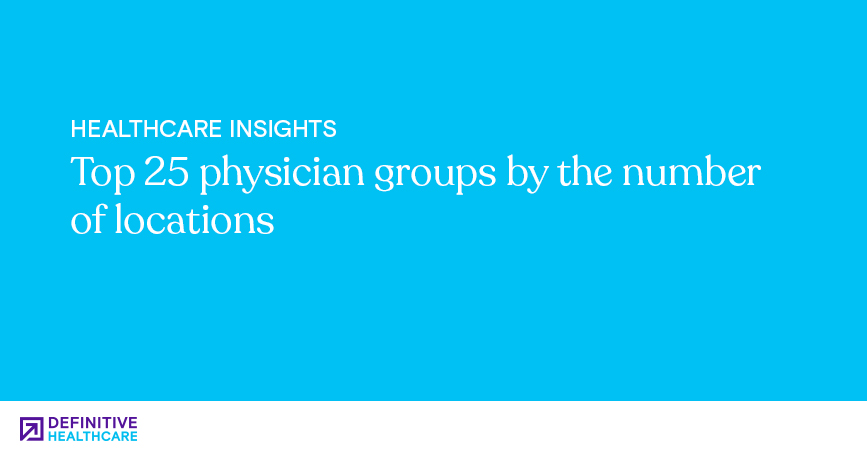
Top 10 physician groups by the number of locations
Explore the top physician groups with the most locations. Learn how these networks are transforming healthcare access and quality across the nation!
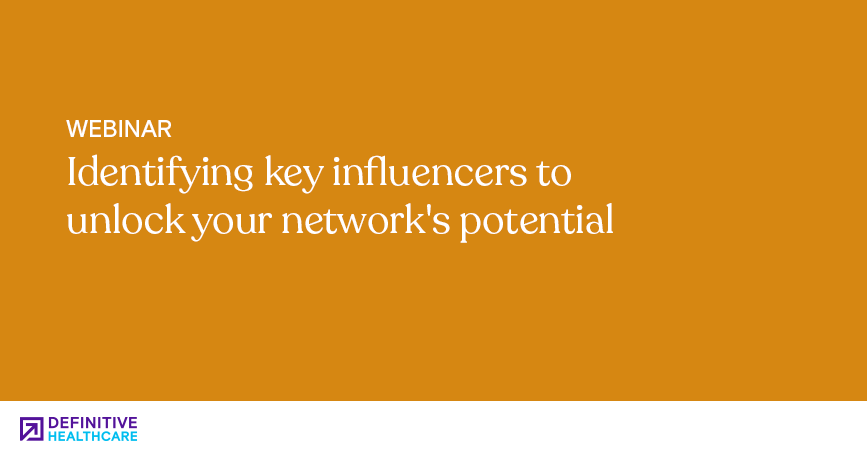
Identifying key influencers to unlock your network's potential
Learn how to leverage network intelligence data from Definitive Healthcare to gain a competitive edge in this on-demand webinar.
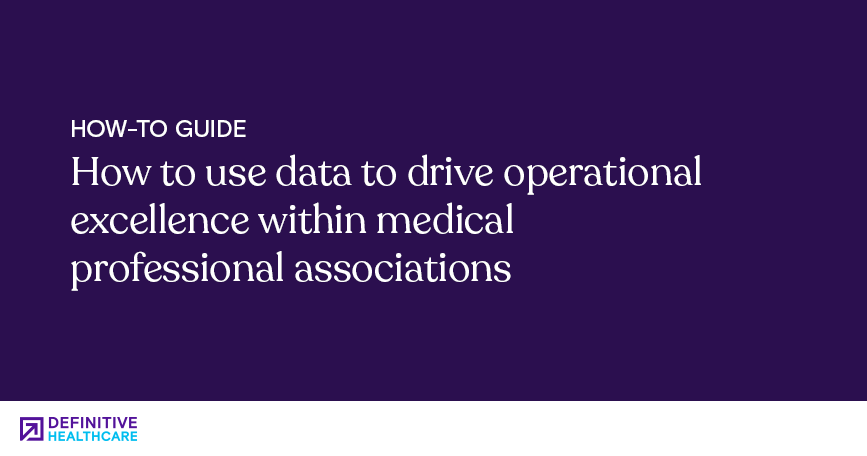
How to use data to drive operational excellence within medical professional associations
Discover how to leverage data for operational excellence in medical professional associations. Enhance efficiency and drive impactful decision-making today.
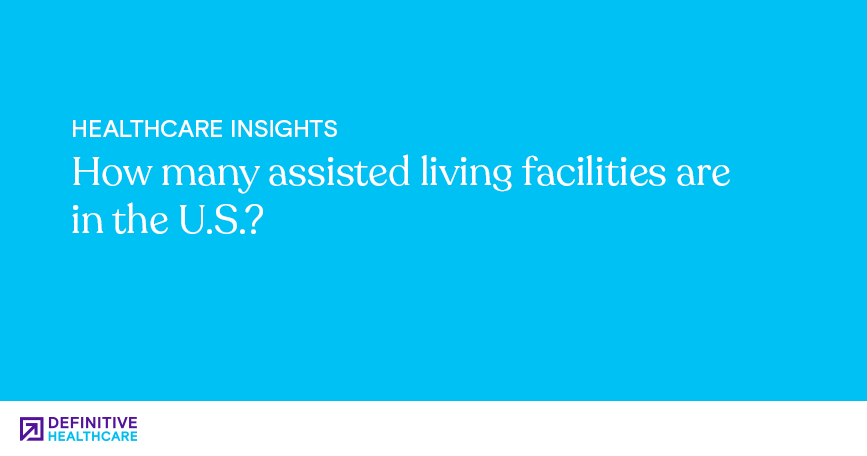
How many assisted living facilities are in the U.S.?
Explore the landscape of assisted living facilities in the U.S. Find out how many exist and what services they offer to support senior living.



